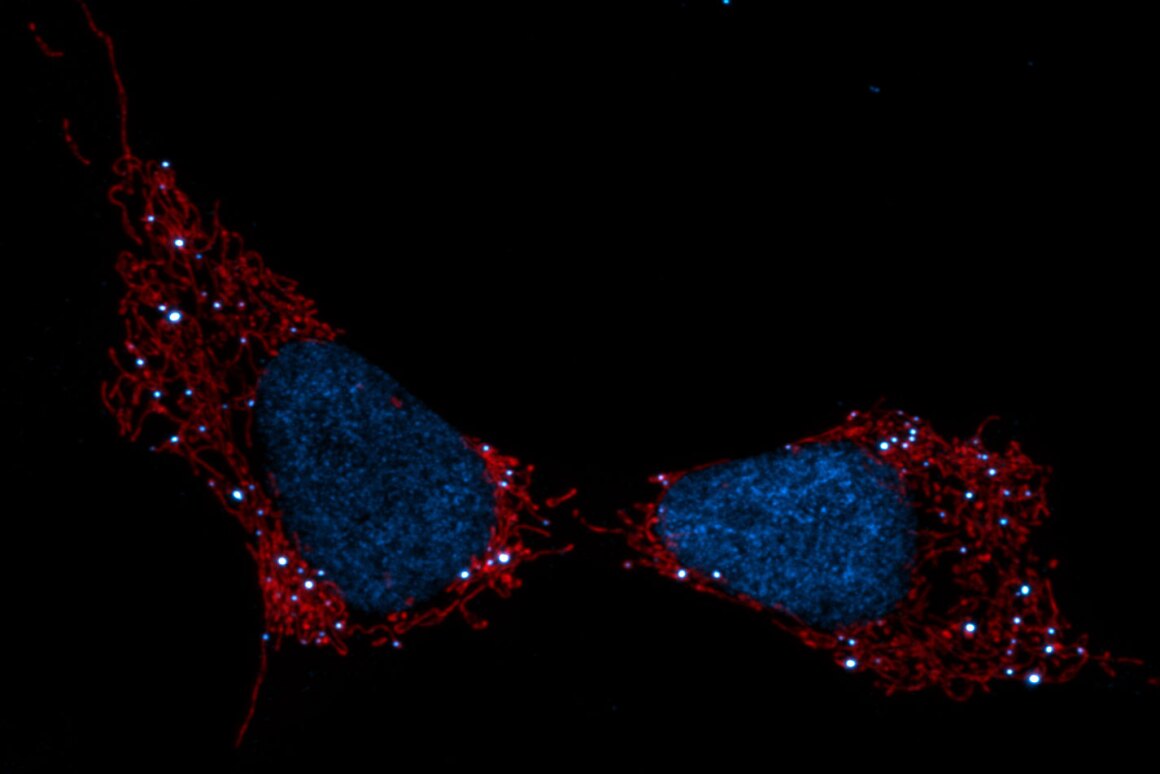 |
| Custom Color of the best human hair wig created for a very special person |
Welcome to Susan at Antonino Salon!

We are now "Susan At Antonino Salon" specializing in Human Hair, Human Hair/Synthetic Blend and Synthetic wigs. I am an Oncology Nurse and Breast Cancer Survivor offering products for women undergoing Chemotherapy and Radiation Treatment since 1994. “The Fit of Custom Made. The Value of Custom Tailored.” CALL us at 248-544-4287 for your FREE appointment on Monday and Tuesday from 10 AM to 4 PM. We are located within Antonino Salon, 191 Townsend, Birmingham, MI 48009.
 |
| Custom Color of the best human hair wig created for a very special person |
At Antonino Salon and Spa, we understand the importance of privacy and individuality. That’s why we offer a private room for all wig appointments, ensuring a personalized experience tailored just for you.
Whether you’re looking for a natural look that compliments your style or a bold statement piece that expresses your personality, our custom cut and colored wigs are designed to make you feel fabulous inside and out.
Schedule your appointment today and discover a whole new world of beauty and elegance. 248-544-4287
Be sure to visit us to find out why we’ve been named best salon several years in a row by Hour Detroit.
Antonino Salon where there are “no bad hair days, ever.”
191 Townsend (across from the Townsend Hotel) in downtown Birmingham.
Susans @ Antonino Salon
248-544-4287
191 Townsend St, Birmingham, MI 48009
IN AN INSTANT
LIFE CAN CHANGE – DIAGNOSIS CANCER, CHEMOTHERAPY TREATMENT AND POSSIBLE HAIRLOSS
FIRST STEP TO CALL SUSAN TO DISCUSS YOUR DIAGNOSIS AND SIDE EFFECTS
It wasn’t supposed to be
me. I have had friends with cancer and silently glad it wasn’t me. But now
reality strikes and I’m scared and need to talk with someone who has been there
to help me decide what to do.
Susan is a Breast Cancer Survivor
and Oncology Nurse Clinician. She has helped more than 13,000 women with wig
solutions to help them through this difficult life experience. Susan and her
staff will discuss your specific needs including hair loss timing, wig style
and composition of our unique Custom Tailored Wigs constructed of Human Hair,
Human Hair Synthetic Blend, or Synthetic, We will also review how to keep your
wig healthy wig care instructions.
We are here to help you
during the loss of your hair whether from chemotherapy, alopecia or other. Depending
upon your chemotherapy drug and cycle will determine how long you will be
experiencing hair loss. That will help you decide what is right for you.
CALL 248-544-4287 FREE consultation to explore wig solutions right for
you. We look forward to your visit. Susan's @ Antonino Salon,
Birmingham, MI is by appointment only on Monday and Tuesday from 10:00 AM -
4:00 PM.




